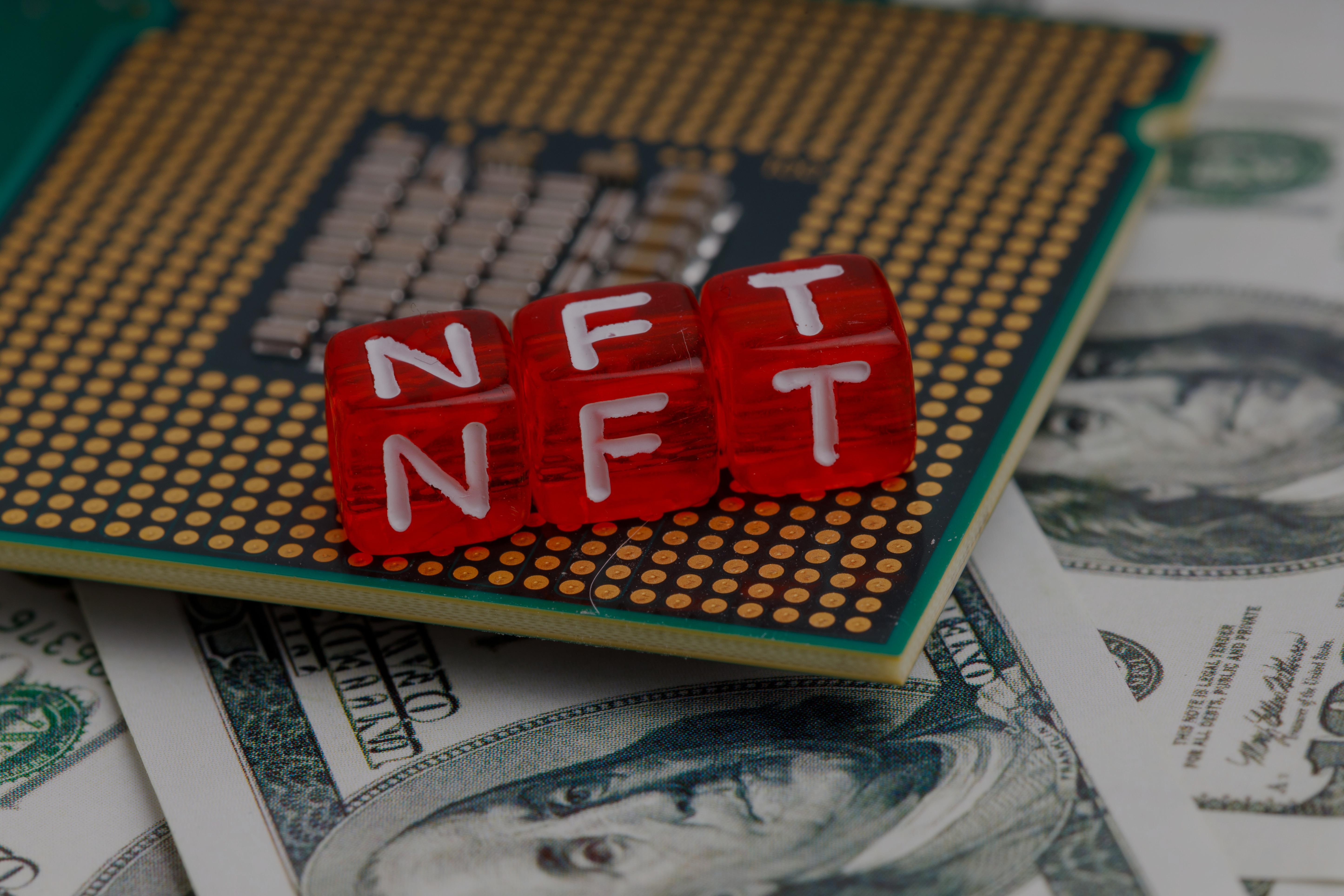When you mention the word NFT, most people will instantly recoil with a range of judgments and preconceptions.
“It’s a scam!” “It’s a ponzi scheme!”
Sure, it’s a hard concept to wrap your head around at first. Why would someone pay so much money for a JPEG that anyone can right-click, copy and save on their desktop?
The truth is, NFTs (short for ‘Non Fungible Tokens’), represent so much more than just a JPEG. NFTs are actually the discovery of digital ownership – and they are set to transform the way brands, influencers and consumers interact with each other online and in the real world.
But first, let’s take a step back.
The data shows that the NFT craze is far from a passing fad. NFT transactions soared from $40 million in 2018 to $338 million in 2020. And in 2021? Well, NFT sales hit a staggering $25 billion in total volume. While sales are down in 2022 due to wider macro economic conditions, NFT sales are still averaging well over $1 billion per month so far this year.
Is this all wild speculation? Or is there a reason why major brands such as Nike, Adidas and Coca-Cola have placed big bets on the future of NFTs and Web3?
In this article, we’ll dispel the hype from the truth and demonstrate why NFTs are truly here to stay. Not because of the pixels they represent, but because they are the facilitators of a new world of digital commerce and possibility
What is an NFT?
A Non-Fungible Token (NFT) is a cryptographic asset on a blockchain that has a unique identification code and metadata. This makes it entirely unique, distinguishable and verifiable from any other NFT.
The best way to explain this is to use an example. Let’s say Tom has a picture of his car on his iPhone. If he sends that picture to Lucy, she now owns an indistinguishable copy of that picture. It contains exactly the same metadata and would be impossible for anyone to “prove” who owns the original. For all intents and purposes, it’s the same picture.
Now, let’s say that picture is sent to 1,000 people. How can we verify and confirm who owns the original? Of course, Tom can come out and say it’s his. But there’s no cryptographic way of verifying his digital ownership.
This is where NFTs come in.
NFTs represent the discovery of unique, verifiable and immutable digital ownership. Let’s say Tom takes that picture of his car and mints it as an NFT on a blockchain like Ethereum. Now, Tom has 100% verifiable proof of digital ownership, because that NFT is broadcast publicly. Anyone can go onto Etherscan (a transaction network for the Ethereum blockchain) and view when the NFT was created, who owns it, when it was transferred (if at all), to what wallets it was transferred to and so on and so forth.
Because any and all transactions on the blockchain are final and immutable, no one can ever call into question who is the true owner of a specific asset or NFT. This opens up entirely new use cases, since NFTs are an ideal vehicle to digitally represent both digital and physical assets like real estate and artwork.
New ownership in Web3
What makes NFTs so fascinating is that they offer the possibility of side-stepping the platform-centric world of Web2, enabling any brand to interact directly with its consumers and allowing any consumer to “own” a verifiable stake in this Web3 relationship.
Web3 allows consumers to build, operate and own this new internet. It puts the power in the hands of individuals rather than corporations. With the advent of NFTs and digital assets, no company or centralised entity has the power to take away an individual’s ownership.
Rally, for example, is a blockchain platform for creators and their communities to build their own independent digital economies. By creating these so-called “social tokens,” which is essentially a bespoke cryptocurrency, fans can gain access to benefits like unreleased content or merchandise, while creators can unlock new forms of revenue.
For example, instead of paying YouTube a cut of all advertising revenue, influencers and creators can drive fan engagement by encouraging followers to become part of their economy and rewarding them with tokens. This changes what it means to be a fan, since communities can now actively “own” a stake in the success of an influencer or creator.
A new world of commerce and possibility
Let’s consider a real-world example to demonstrate how brands are opening up a new world of commerce and possibility.
In 2022, Bud Light released its ‘N3XT’ collection of NFTs. In their own words…
“Introducing our first ever NFT drop – the Bud Light N3XT Collection. This collection comprises 12,722 generative tokens that celebrate innovation, community and the next generation of creators. Each NFT combines a two-part background with an icon that represents beer, culture, gaming, music, and entertainment. This NFT is your key to the world of Bud Light NEXT, for all 21+ holders. Terms and Conditions apply. This includes exclusive voting rights on specific brand decisions. Craft a piece of history and decide on what’s next.”
The release consisted of 12,722 unique tokens that grant holders access to exclusive benefits, including voting rights on future initiatives (like brand merch), access to brand and partner events, unique roles in Bud Light’s Discord channel and other rewards.
Given that the NFT release is sold out, anyone that wants to participate in this community moving forward can only do so by purchasing an NFT on the secondary market from an existing holder (typically at a higher cost than the mint price).
These are just a few examples, but it shows why NFTs are so much more than JPEGs. They are truly the discovery of digital ownership, which is set to transform the future of commerce and influence generations of new brands and start-ups.
As published in The Drum





